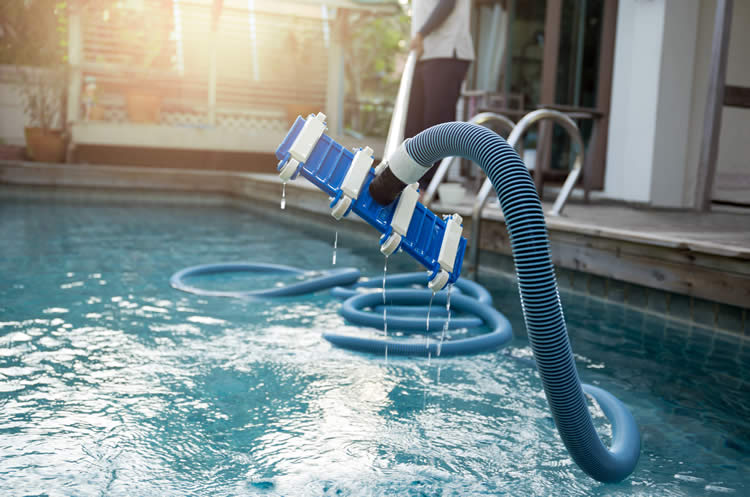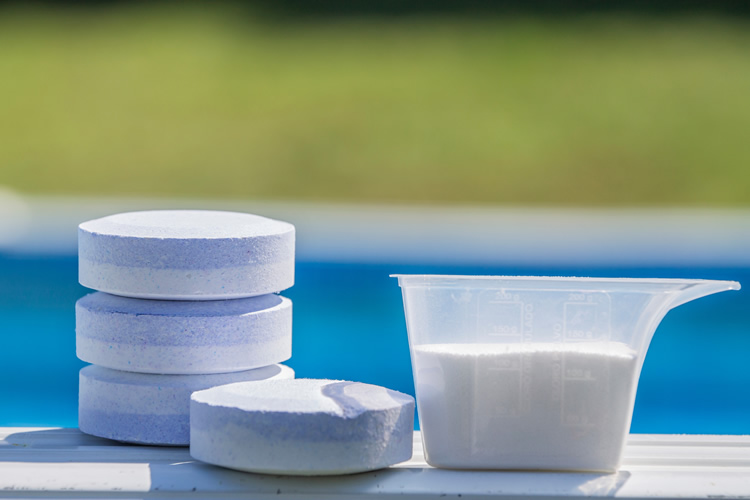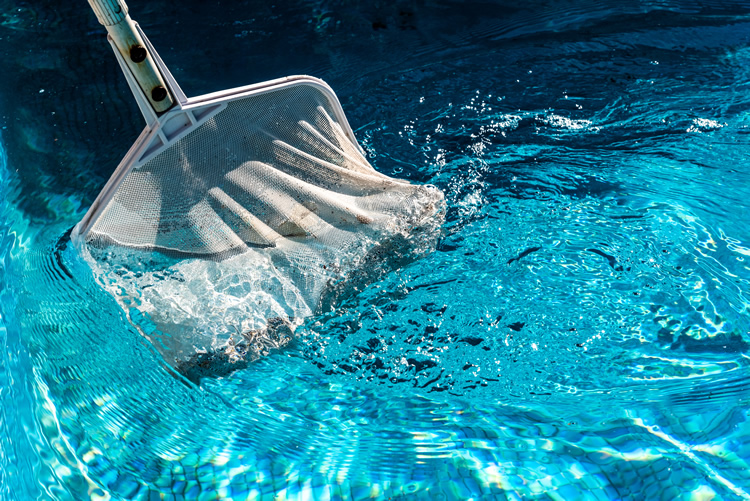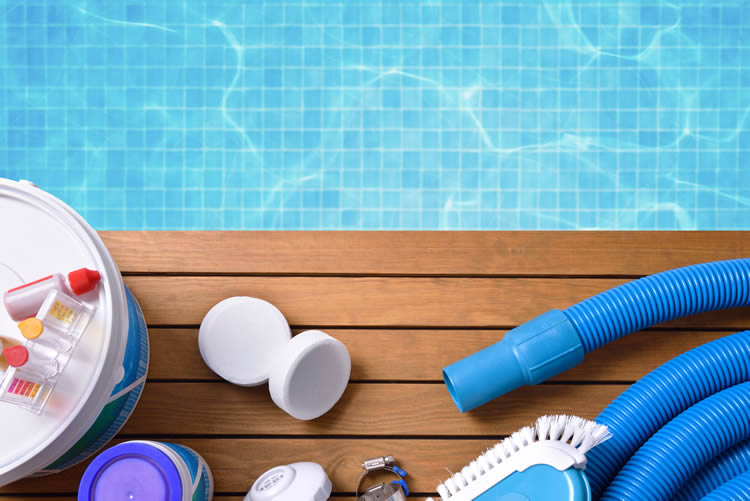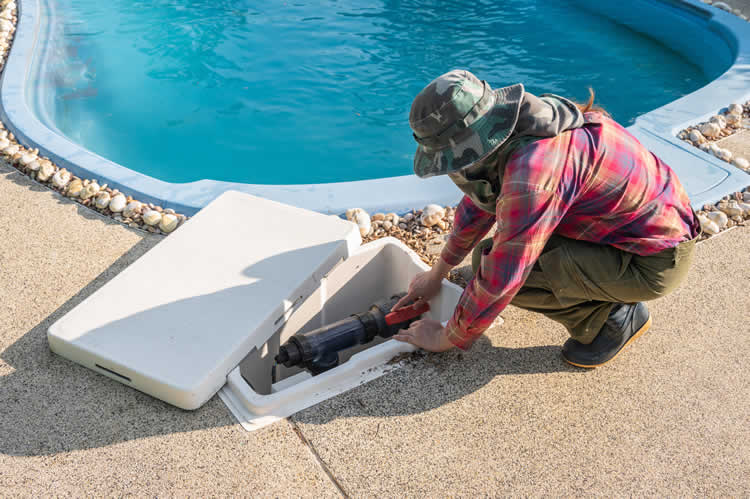How to Prepare Your Pool for Winter (Even in Georgia)
If you live in Georgia, winterizing your pool doesn’t mean tossing on a cover and forgetting about it until April. Sure, we don’t deal with the deep freezes of Michigan or New York, but our cold snaps, rain, and leaves can still do real damage if you’re not prepared.
The good news? You don’t have to “close” your pool completely. With a few smart steps, you can protect your investment, avoid costly repairs, and make spring opening a breeze.
Let’s go over exactly what Georgia pool owners should do when the temperature drops.
To Close or Not to Close
First, the big question: Should you even close your pool in Georgia?
For most homeowners in metro Atlanta and North Georgia, the answer is not necessarily. Many people simply transition into winter mode — lower pump run times, adjust chemicals, and keep the water circulating through cold nights.
You only need a full “close and cover” if:
- Your property is vacant for long stretches, or
- Your pool isn’t used at all for several months, and
- You’re in an area that sees consistent freezes (North Georgia foothills, for example).
Otherwise, you can stay open year-round and save the hassle of a complete restart.
Step 1: Balance the Water
Whether you’re keeping your pool open or closing it down, start with a full water test. Balanced chemistry prevents scale, corrosion, and algae while the pool’s under less circulation.
Your winter targets are:
- pH: 7.4–7.6
- Alkalinity: 100–120 ppm
- Chlorine: 1–3 ppm
- Calcium Hardness: 200–400 ppm
Shock the pool with a strong chlorine dose to burn off any leftover organics, then let the chlorine return to normal before covering or lowering the water level.
Pro Tip: Add a phosphate remover before winter. It starves algae through the dormant months, so you don’t uncover a green swamp come spring.
Step 2: Clean Everything
This step gets skipped the most — and it’s the one that makes spring openings miserable.
Give the pool a deep clean before you walk away for the season:
- Brush walls and steps thoroughly.
- Vacuum the floor.
- Empty skimmer baskets and pump baskets.
- Backwash or clean your filter.
You’re basically starting winter with a clean slate. Any debris left behind will decompose and stain surfaces or clog your system once it restarts.
Step 3: Adjust Circulation
If you’re staying open all winter, adjust your pump run time to account for cooler water. Algae grows slower in cold temperatures, so you can reduce circulation to 4–6 hours a day instead of 10–12.
However, when the forecast calls for freezing temps, you’ll want the pump running overnight. Flowing water doesn’t freeze easily — it’s your best defense against burst pipes and cracked fittings.
Pro Tip:
If your system has a freeze guard or smart controller, set it to automatically turn on the pump when temperatures drop below 35°F. That small bit of automation can save you thousands in repairs.
Step 4: Protect Equipment
For partial or full winter closures, take a few minutes to protect your gear:
- Drain water from pumps, filters, and heaters if you won’t run them for months.
- Disconnect and store pressure gauges, drain plugs, and removable fittings.
- Remove and store robotic cleaners or hoses.
- Cover exposed plumbing or valves with foam insulation.
If you’re in northern parts of Georgia where winter gets colder, blow out return lines with an air compressor to ensure no standing water can freeze inside.
Step 5: Cover the Pool (Properly)
A cover does more than keep leaves out — it blocks sunlight, which prevents algae growth during the off-season.
If you’re keeping the pool open, a mesh safety cover is perfect. It lets rainwater pass through but keeps debris out. For full closures, use a solid safety cover to completely block light and minimize evaporation.
Avoid cheap tarp-style covers — they collect standing water and debris, which can be dangerous and messy to remove later.
Bonus Tip: Clean and dry your cover before storing it in spring. Mildew loves damp vinyl.
Step 6: Keep an Eye on It
Even when winterized, your pool still needs a little supervision. Every few weeks, peek under the cover or check your water chemistry if you’re staying open.
Look for:
- Dropping water levels (indicating a leak)
- Ice buildup after rare freezes
- Algae starting near the steps or tile line
- Filter pressure that’s higher than normal
A quick 5-minute check once or twice a month prevents big surprises later.
What Happens If You Don’t Winterize
Skipping winter prep in Georgia might not destroy your pool immediately, but the damage adds up fast.
Cold snaps can:
- Crack PVC pipes and filter housings
- Burst heater manifolds
- Cause tile or coping to pop loose
- Create stains or scaling from stagnant water
And if algae blooms while the water sits cold and unattended, it can stain the plaster or vinyl liner permanently.
That’s why the few hours you spend in November can save you days of work in March.
Spring Reopening Made Easy
If you followed these steps, opening your pool in spring becomes almost effortless.
You’ll just need to:
- Remove and clean the cover.
- Top off the water level.
- Reconnect equipment and prime the pump.
- Test and balance water.
That’s it. No acid washing, no scrubbing green walls, no refilling half the pool. Just clean, balanced water that’s ready to swim in after the first 80-degree weekend.
The Takeaway
In Georgia, winterizing your pool isn’t about shutting down — it’s about protecting what you’ve built.
Balance your water, keep things clean, and run your pump on freezing nights. Do that, and your pool will sleep peacefully all winter long, ready to wake up clear and sparkling when spring rolls back around.


